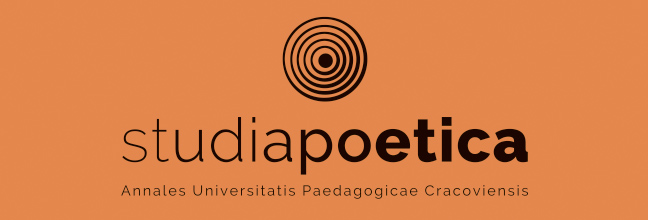Biografie na lekcjach historii - propozycje rozwiązań praktycznych.
Main Article Content
Abstrakt
There are morę and morę voices among historians and history teachers which demand restoration of the human element to its rightful place in the teaching of history. Biographical motifs should be expanded in historical education. Biography can fulfill various functions in teaching history: it enables one to acąuire information about the past and develop intellectual skills. The utilisation of biographical motifs makes it possible to create a picture ofthe past in pupils’ minds, which is morę difficult to evoke by giving just “dry” facts. It allows to engage feelings, it can be used at every level of historical education. The pupil should leam to perceive the leading role of people - individuals and nations - in history. The first attempts at evaluation of the discussed figures can be madę on the basis of biographies. There is an important role of educational influence of biographies on the lives of young people, because leaming enables them to establish examples to follow, build systems of values. It teaches them to compare different biographies and assess different achievements on their own. It teaches logical thinking, and even influences attitudes of tolerance. In historical education at school, one should not avoid figures whose evaluation is controversial. It provides an opportunity to leam the influence of circumstances on human behaviour, to undertake an attempt at a meaningful discussion, to evaluate, to operate with arguments, to draw conclusions.
Biographical motifs make the lesson process more attractive, develop interest in history, give basis for self-education. A biography can be an introduction to the subject of a lesson. One of the possibilities is to apply excerpts of a source text of biographical naturę. Thus, pupils can be familiarised with the methods of work of a historian researcher. We can use chronicles, diaries, memoirs. It is appropriate to use both popular and academic biographical literaturę. It can be particularly attractive to use fragments of a biographical film, and a documentary or archival film is most valuable. In addition to the content value, it provides Information which introduces the audience to the place and time of historical events to be leamt at the history lesson, and allows it to absorb the contents more fully. The historical events can be illustrated with fragments of biographies of the individuals who played a decisive roles in the discussed events. Those persons are the symbols of historie facts. Biographies ofthe persons who were the makers of historical incidents are also of great significance. A biography can also be related to the process of recapitulating the subject of the lesson. It gives an opportunity not only to get to know the individual, but also to make an attempt at an evaluation, teaching logical thinking. It makes it possible to create an image of the group on the basis of the facts from biographies of individuals.
Article Details
|
